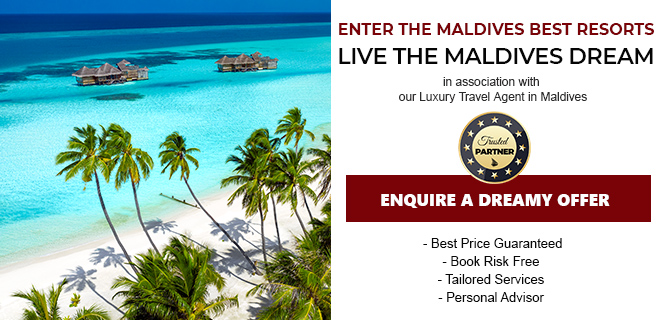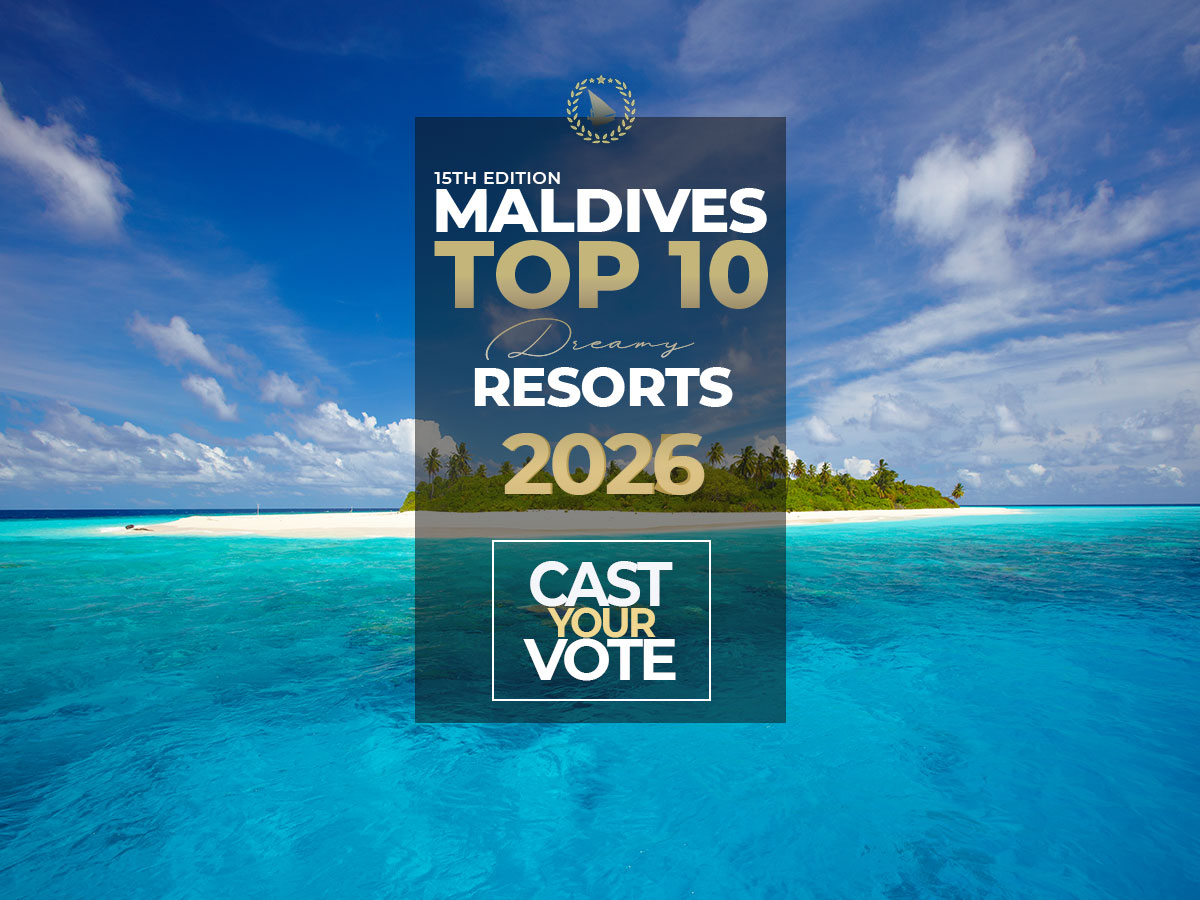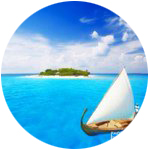The Maldives, called the Island Kingdom by Maldivians, offer a unique tapestry of natural and artificial islands. However, their respective sandy beaches exhibit differences. Let’s dwelve into them.

The Maldives islands : nature’s masterpiece
The Maldives islands are nature’s masterpiece. These islands are formed over millions of years, resulting from the natural process of coral reefs rising above sea level. Imagine walking along the shores of a, once submerged, ancient coral formation now transformed into an idyllic sandy beach.
A Natural Maldives beach in the Making : From Coral pieces to Coral dust
From this…

to that…

A natural island will always offer a dreamy experience to visitors who can immerse themselves in the real beauty of the Maldives.
A Comparison Between Natural and Artificial Island beaches in Maldives.
Maldives sandy beaches exhibit differences between natural and artificial islands.
Maldives Natural Islands

Natural islands feature fine coral sand created through natural erosion processes, offering a soft and authentic beach experience.
Fine Coral Sand
Sandy beaches on natural islands in the Maldives are typically composed of fine coral sand. This sand is the result of natural erosion processes, including the breakdown of coral reefs and rocks over an extended period.
Soft and Natural Feel
Due to the gradual formation by natural processes, the sand on these beaches tends to be soft and comfortable to walk on. It often has a powdery texture.
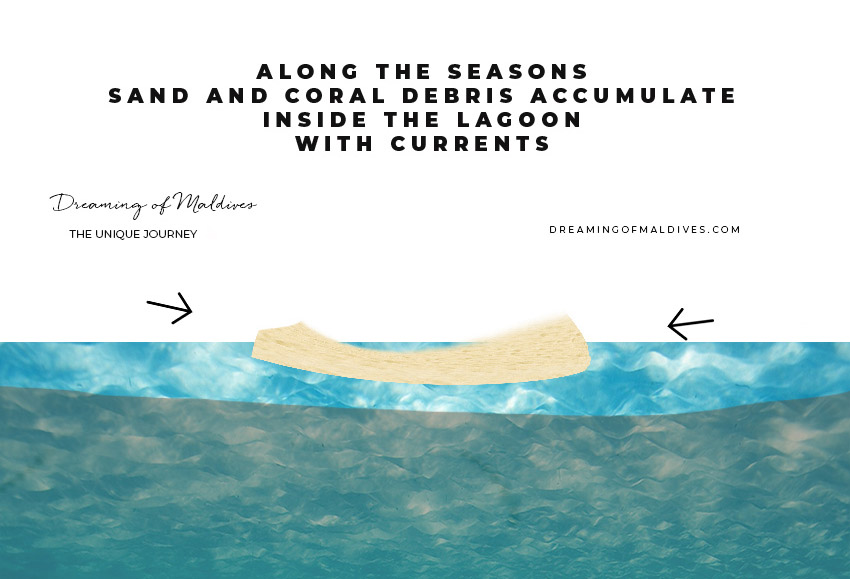
Maldives Artificial Islands : Mankind’s Ambitious Creation
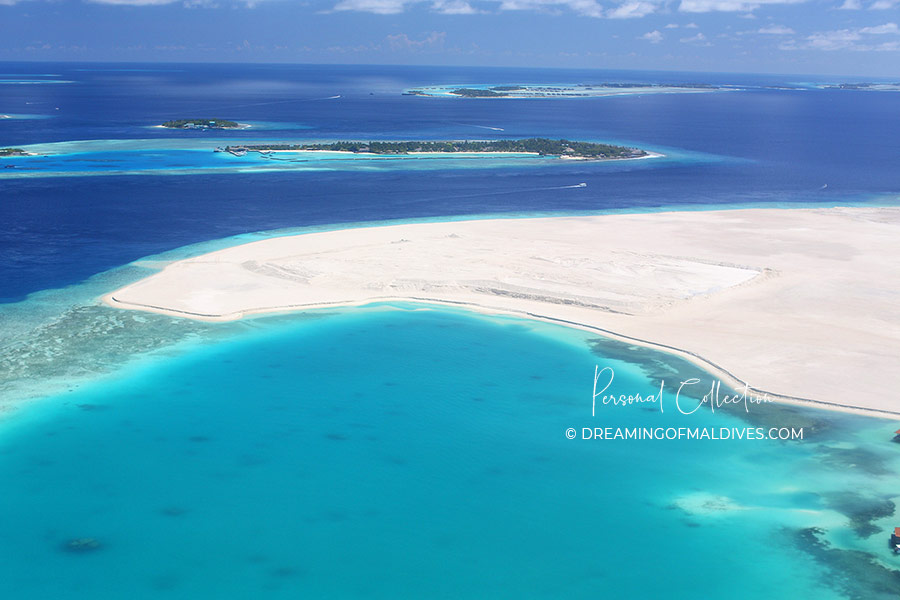
In a race to cater to the growing demand for luxury accommodations close to Male airport, the Maldives embarked on an ambitious journey of creating artificial islands.
Encapsulating the spirit of innovation and human ingenuity, these new islands have been 100% engineered, overcoming geographical limitations and providing additional land surfaces for resorts and villas.
Artificial islands can be shaped and customized to create specific beach designs.
Coarser Sand
Artificial islands often have coarser sand due to dredging, which involves the removal of sand and sediment from the seabed, this dredged sand is usually coarser and contains larger grains compared to the fine coral sand found on natural islands which has been heavily polished along the years on the shores.
Dredging Impact
Creating artificial islands can have environmental impacts, particularly through the dredging process, which can disrupt marine ecosystems and sediment patterns.
A resort built on a natural VS an artificial island. What to choose ?
Choosing whether your resort is located on a natural or an artificial island may depend on your aesthetic preferences and environmental considerations. Some travelers may prefer the natural beauty and pristine appearance of beaches on natural islands with fine coral sand to experience the untouched, authentic feel of a natural beach.
To sum-up :
- Natural islands have thicker vegetation, higher coconut trees and fine sandy beaches.
- Artificial island have thin vegetation, less and shorter coconut trees, and often have corser sand.
If you are environmentally conscious you may prefer staying on natural islands, as these are less likely to have been significantly altered by human development and dredging.
A last word.
As the number of artificial islands continues to grow in Maldives, it is crucial to prioritize the preservation and conservation of natural islands. These untouched paradises are not only home to unique flora and fauna but also essential for maintaining the delicate balance of marine ecosystems. By protecting natural islands, we can ensure the long-term sustainability and biodiversity of the Maldives.
Follow us on Facebook, Youtube and Instagram
for more Maldives Dreams & Stories
[ Official ]
Traveler's Choice
15th Edition




